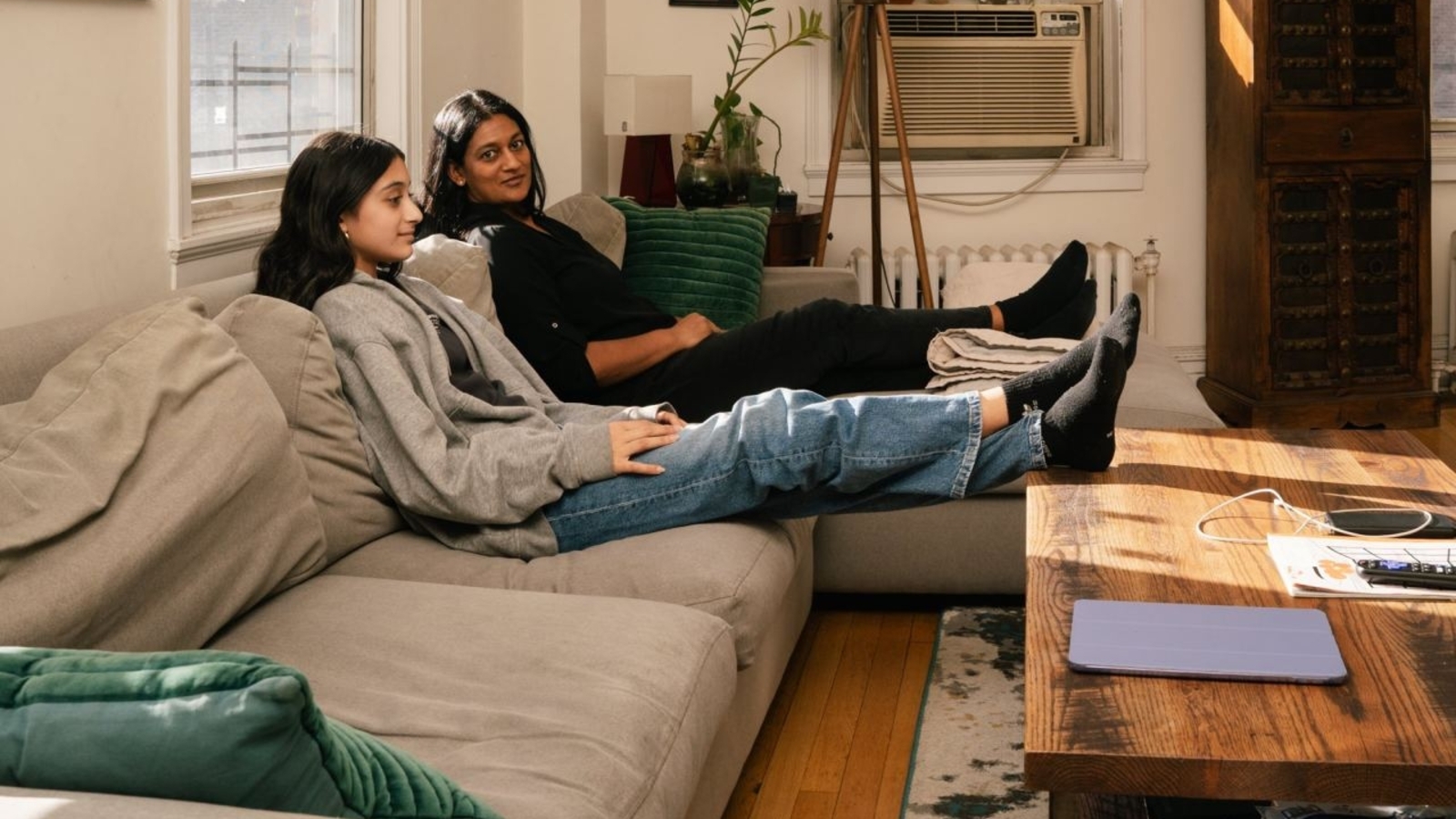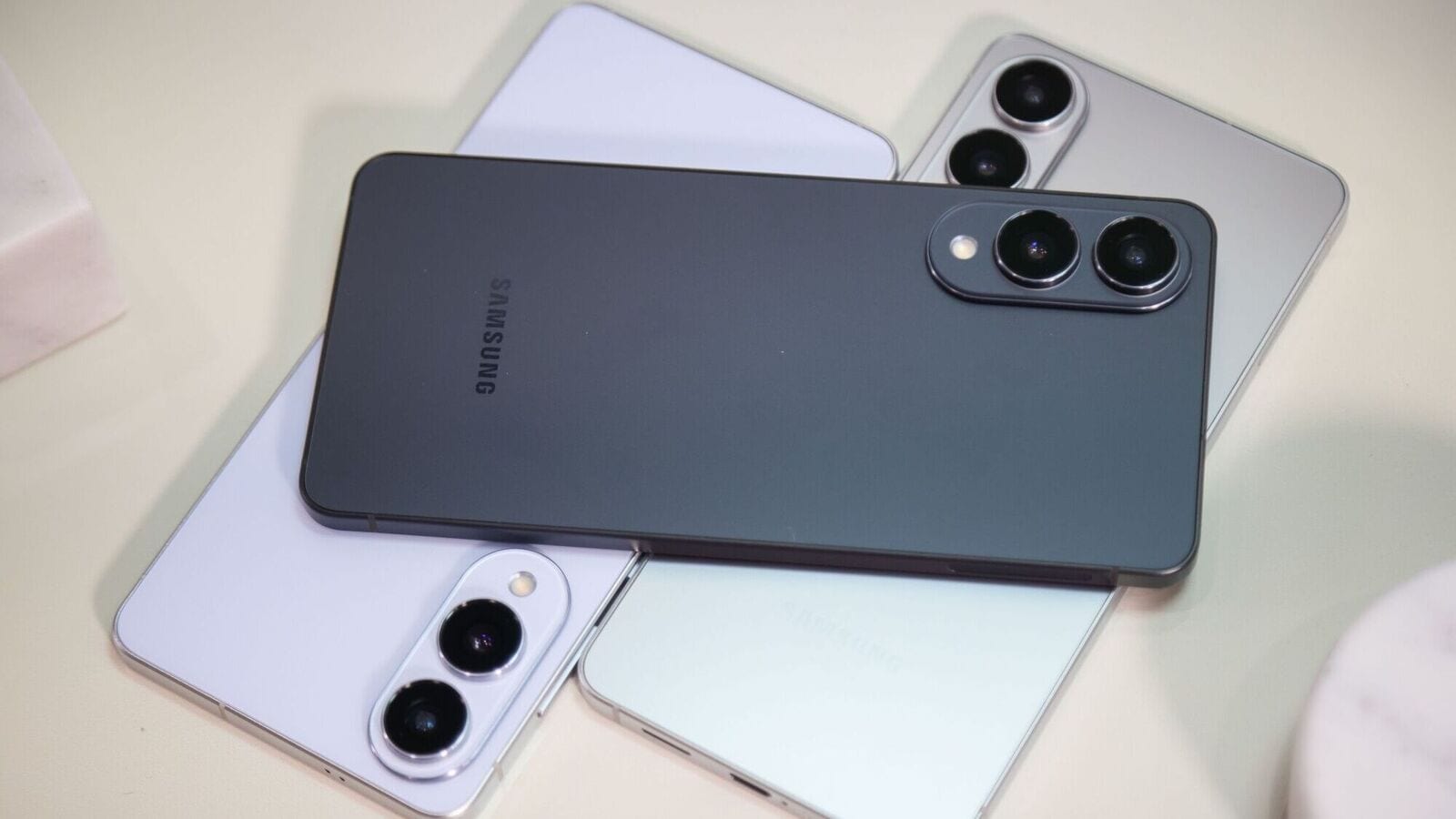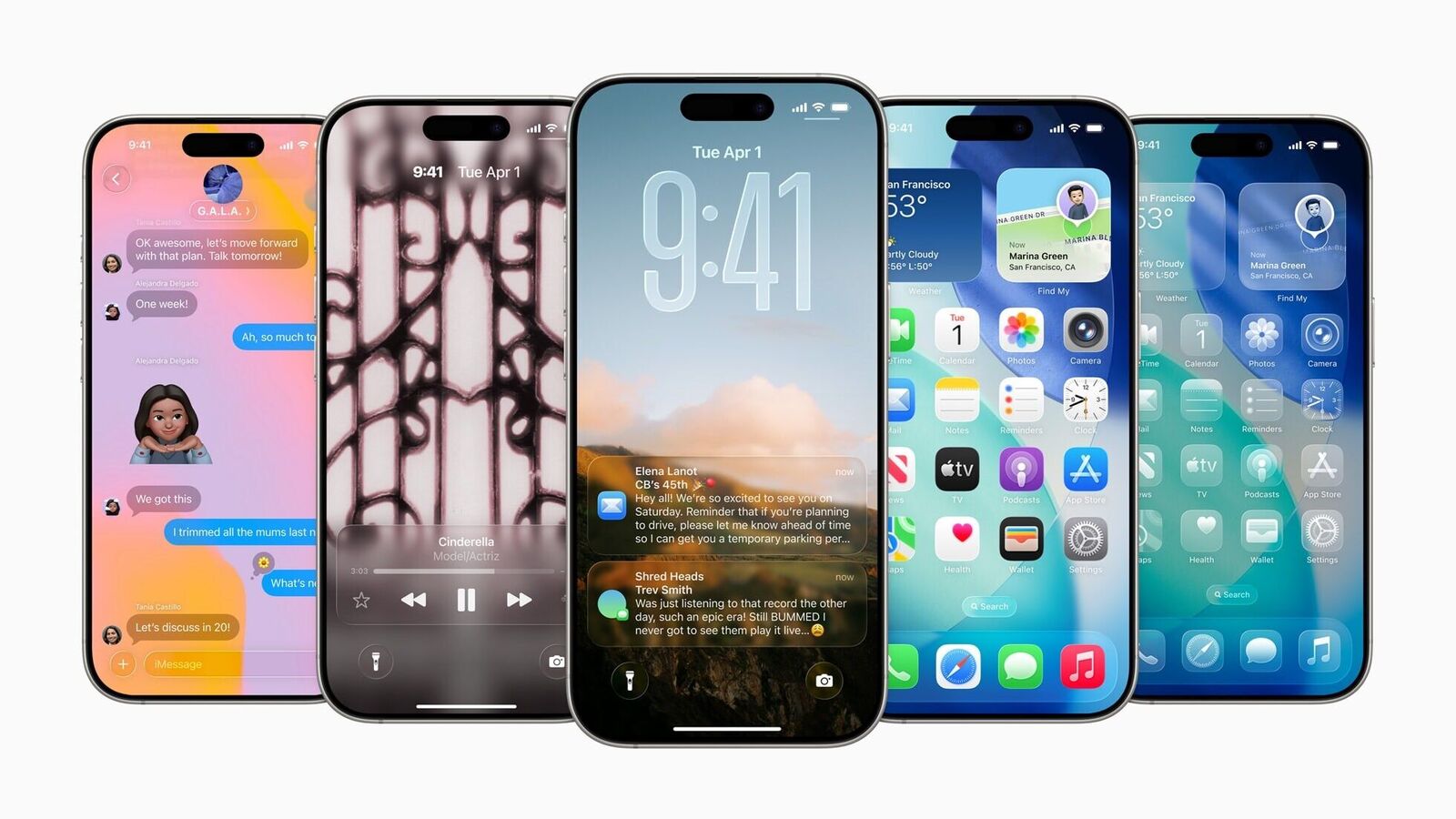When I was growing up, coming-of-age was marked by numerous things. A bar mitzvah. A girl’s first period. A sweet-16 party or a driver’s license. Today the rite-of-passage that marks a child’s transition to adolescence comes far earlier. It comes, in my opinion, with a purchase: the first smartphone.

For the past year or two my husband and I have been in a delicate dance with our 11-year-old, Priya, over when she can get her first smartphone. Nearly all her friends in our Queens neighborhood already have one.
It started with one or two in fourth grade. By fifth grade, the phones were everywhere. Now, in sixth grade, the ranks of the phoneless have dwindled to my daughter and two of her friends, whose mothers are friends of mine. We seem to be heeding a silent pact: I won’t buy one if you don’t!
A new report from Common Sense Media found that by age 8, one in four kids already have a cellphone. A 2021 report from the same group showed a significant rise in the number of 8- to 12-year-olds with a smartphone, from 24% in 2015 to 43% in 2021.
Most parents justify a phone as a necessary tool for staying in touch when their kids begin venturing from home. We did this for my now 17-year-old son in sixth grade, when most of his peers seemed to be getting smartphones. As clueless parents of a kid with a great attention span, we set no controls—a rookie mistake we realized years later.
Priya has been walking around our neighborhood independently for a couple of years now. I’ve managed this by giving my daughter a glitchy kiddie watch, which she detests. We use it for calls, though we can’t always hear each other over the din of the school bus. I can text her, but she can respond only by voice text or preprogrammed one-word answers, such as “yes” or “OK.”
I can’t track her every move, but frankly I don’t really need to know every time she’s going to Walgreens, the local sixth-grade hotspot. This restraint, I’ll admit, was hard-earned. I realized tracking my son had become a kind of screen-time addiction when Life360, a tracking app, began showing up in my most-used apps.
I know she will get a phone eventually, and likely soon. She isn’t waiting until high school, like some experts recommend. It isn’t practical, since she will likely be taking public transportation on her own soon. I’ll want to be more readily available in case of emergencies, and she’ll need GPS maps and local transit apps to navigate the daily maze of subway changes.
And yet, I’m clinging to her phone-free days like a baby holds a mother. I know that once she gets a phone, there is no going back.
Eleven is peak kid. Priya will still let me hold her hand when we cross the street, even though I know she does this alone all the time. She’ll cuddle with me when we watch “Ugly Betty,” a silly and retro show that she loves as much as I do. (“What’s that,” she asks about the corded phone in Betty’s house.)
Priya will still go on neighborhood bike rides with me and humor me with tennis games, which she usually wins. She will go hiking with me—a pandemic pastime—even though I know she’d prefer to be eating Acai bowls with her peers or perusing the aisles of Five Below for cheap trinkets. She doesn’t act embarrassed when I’m around her friends.
Sure, there is plenty of eye-rolling and side-eye and bouts of ‘tween ‘tude to contend with, but she will never say no to a game of Settlers of Catan or Monopoly with us.
Without a smartphone, Priya thinks she’s missing out. Why wouldn’t she? All around her everyone is glued to their screens. That includes her friends on the school bus, on play dates and even at parties. When we escorted her and more than a dozen friends to a karaoke room for her 11th birthday, almost everyone was fixated on their phones on the subway ride home.
The mysteriously magnetic power of smartphones greets Priya at home, too. God knows how many hours a day her father plays Cube Block. I exchange alarming news stories, silly memes and gossip with friends on three different threads all evening. As for our teenage son, we could throw fireworks in our apartment and he may not notice if he’s on TikTok.
Priya argues that by not having a smartphone, she’s left out of social plans. Not true! I explain that her iPad works just fine for plan-making. She complains that she can’t text me. No problem! Now that nearly all of her friends have phones, she can just use one of them to reach me. She points out that her older brother got one in sixth grade, so it’s only fair that she get one, too. There, she has me. One point for her.
I’ve tried to explain how phones with all their social media apps and games are designed to be addictive. Just look at us! I note that they can also be dangerous—a point underscored by the dark Netflix series “Adolescence,” which we recently watched together. She says she’s willing to put up with any restrictions we deem wise. She knows that means no social-media apps or phone use after certain hours, and she’s fine with that. (This is a kid, after all, who wrote an op-ed making the case against Roblox, an online game, in her student newspaper in fourth grade.)
While we drag our feet, Priya has begun looking up deals on refurbished smartphones online. She knows her phoneless days are numbered. She’s already talking about how a phone will help her travel on her own into Manhattan for her weekly chorus practice (a ride we often pass playing Wordle together on my phone). She’s already talking about just how great it will be to make plans with friends while she’s already out and about in the world—which naturally means less time for “Ugly Betty” and Settlers of Catan with me.
Can you blame me for trying to postpone, for as long as possible, the day she swaps my hand for a smartphone? She’s so ready for this next step. Soon, one day, but not just yet, I will be, too.
Sumathi Reddy writes The Wall Street Journal’s weekly consumer health column, “Your Health.”







